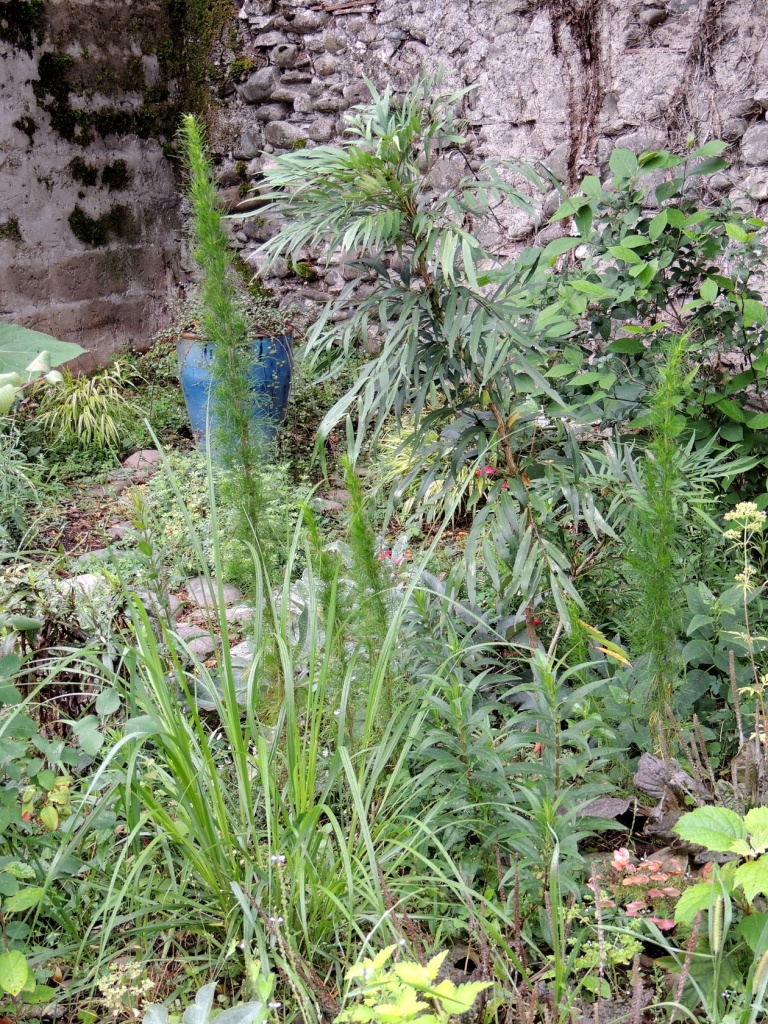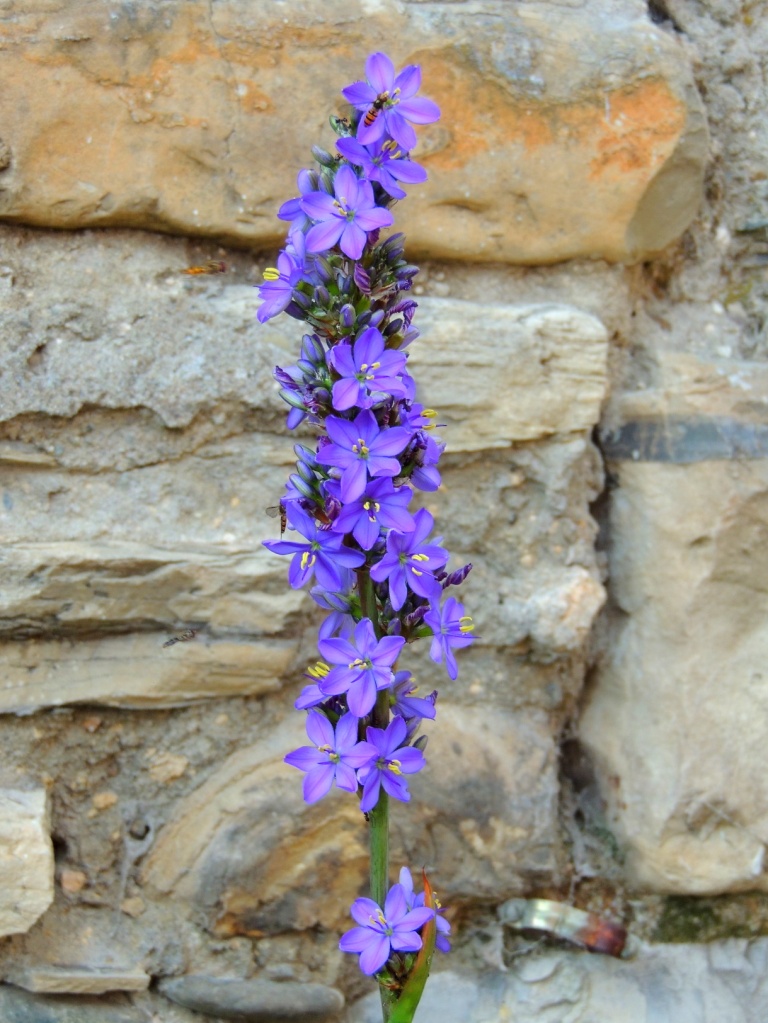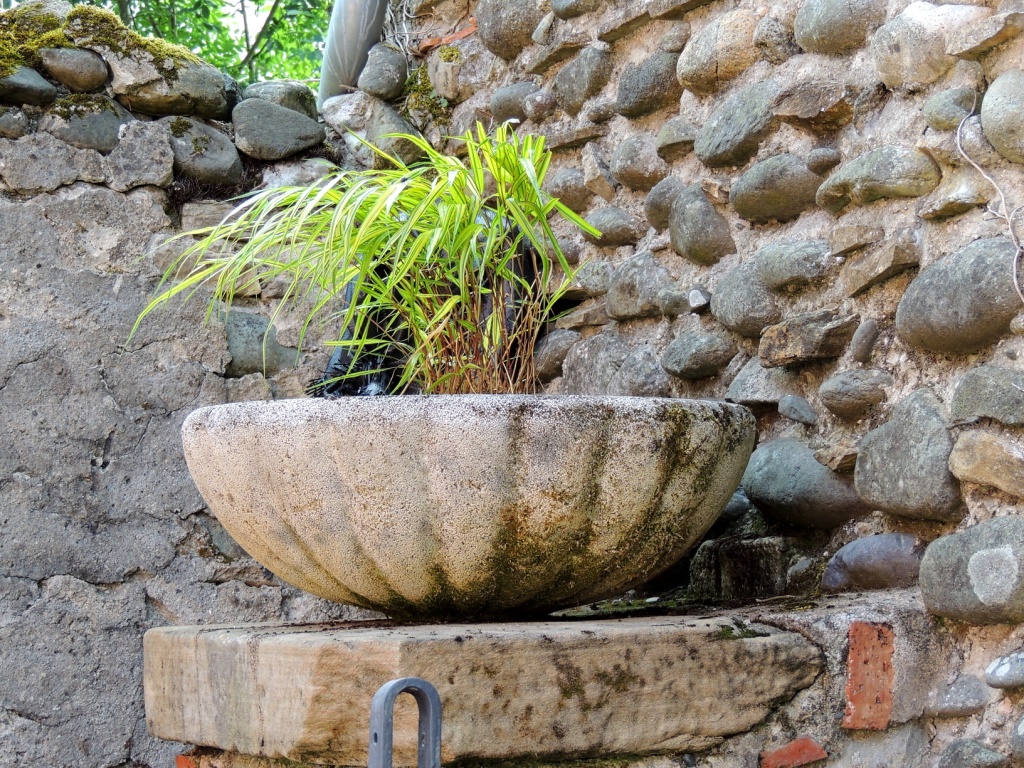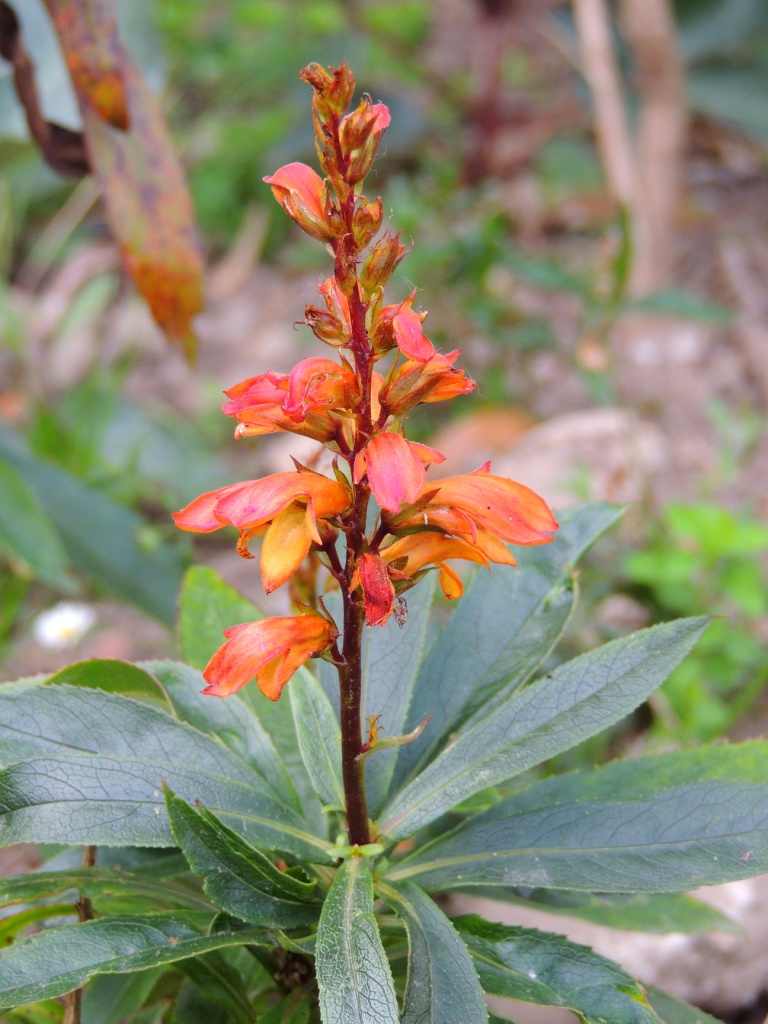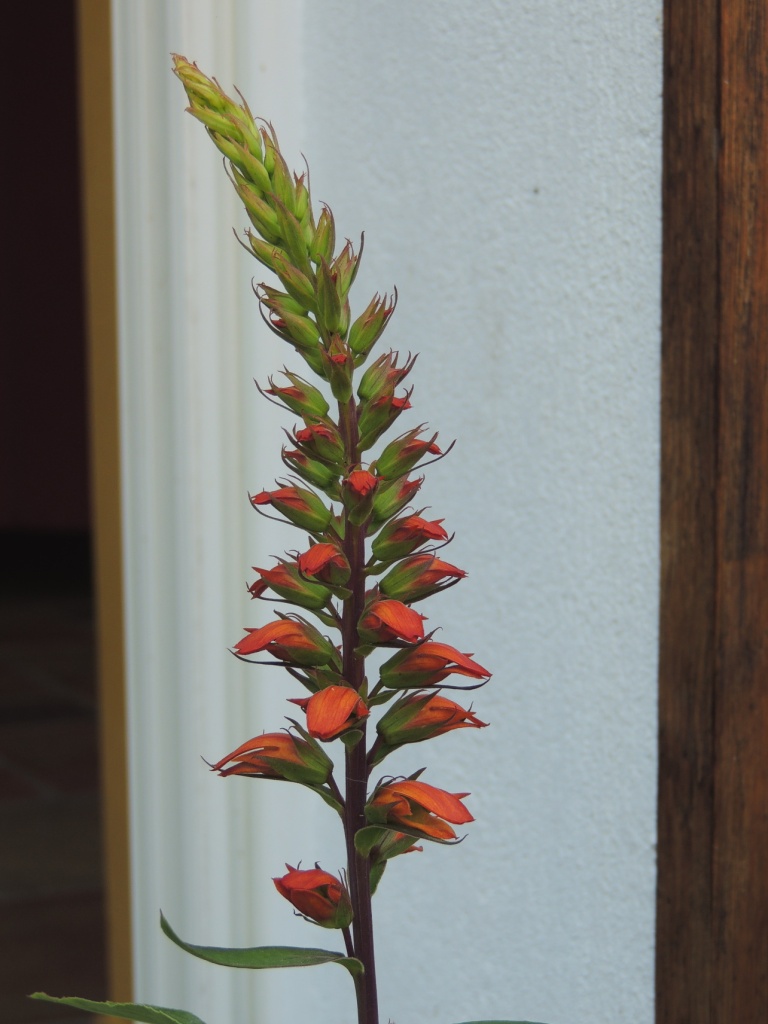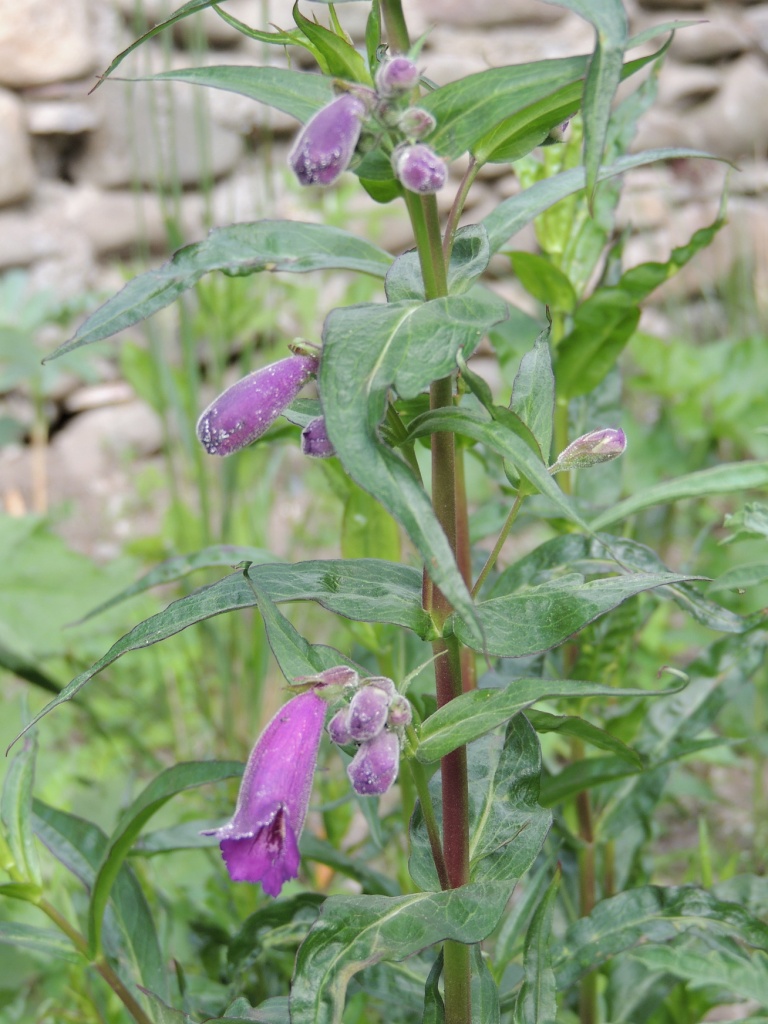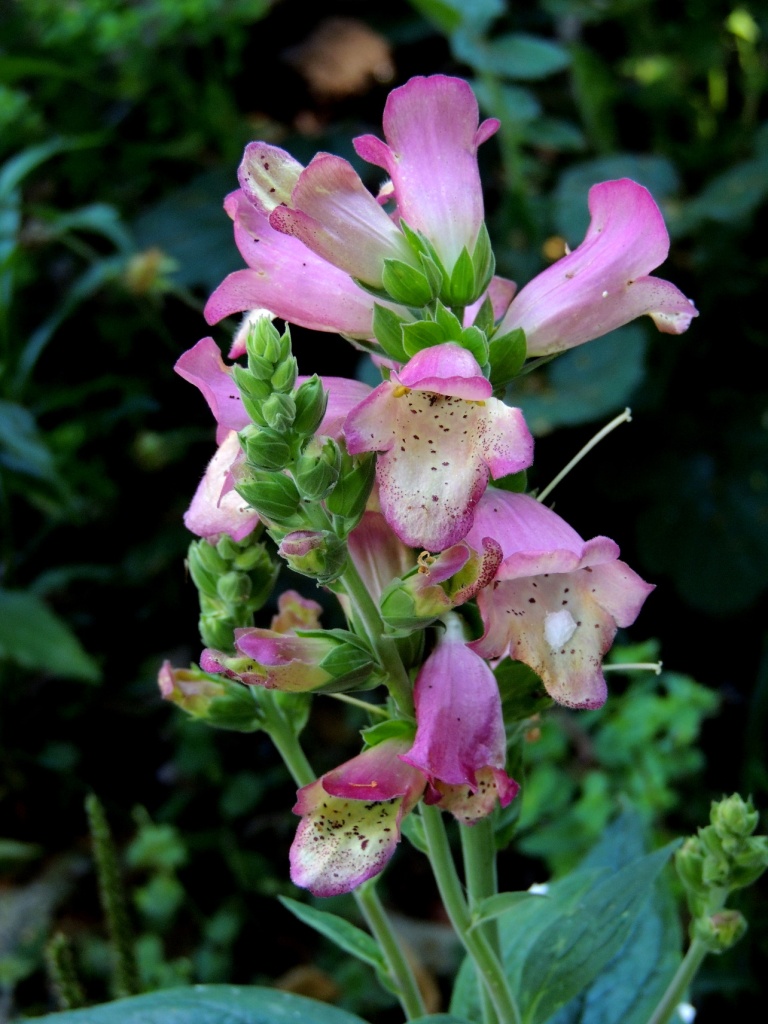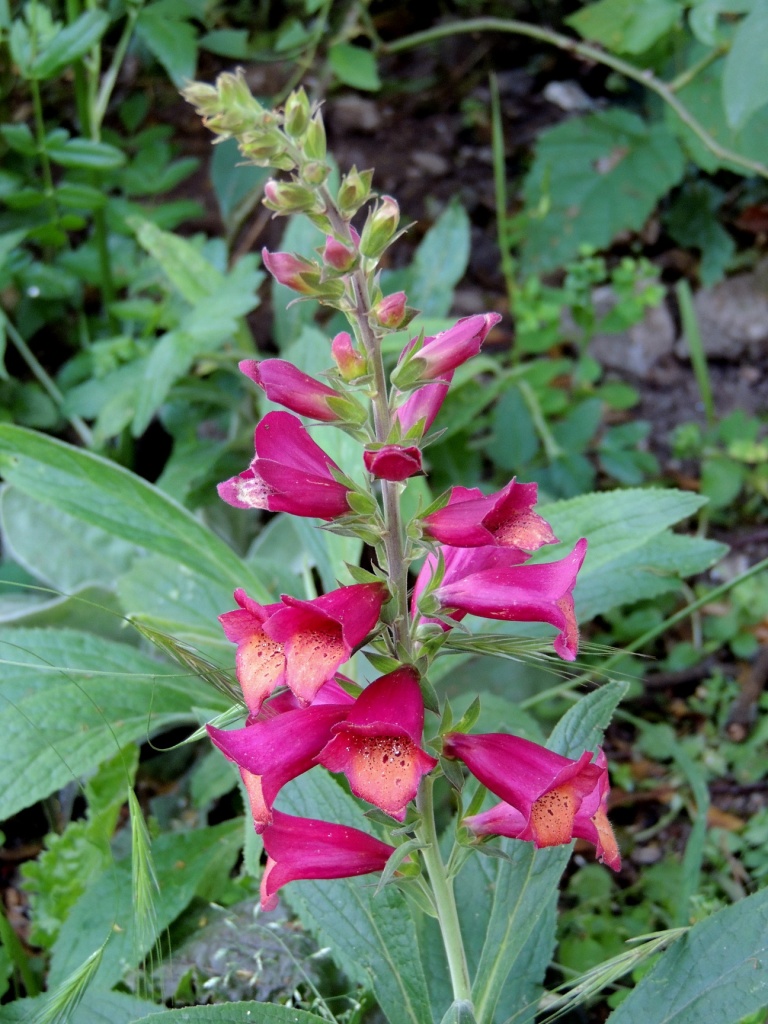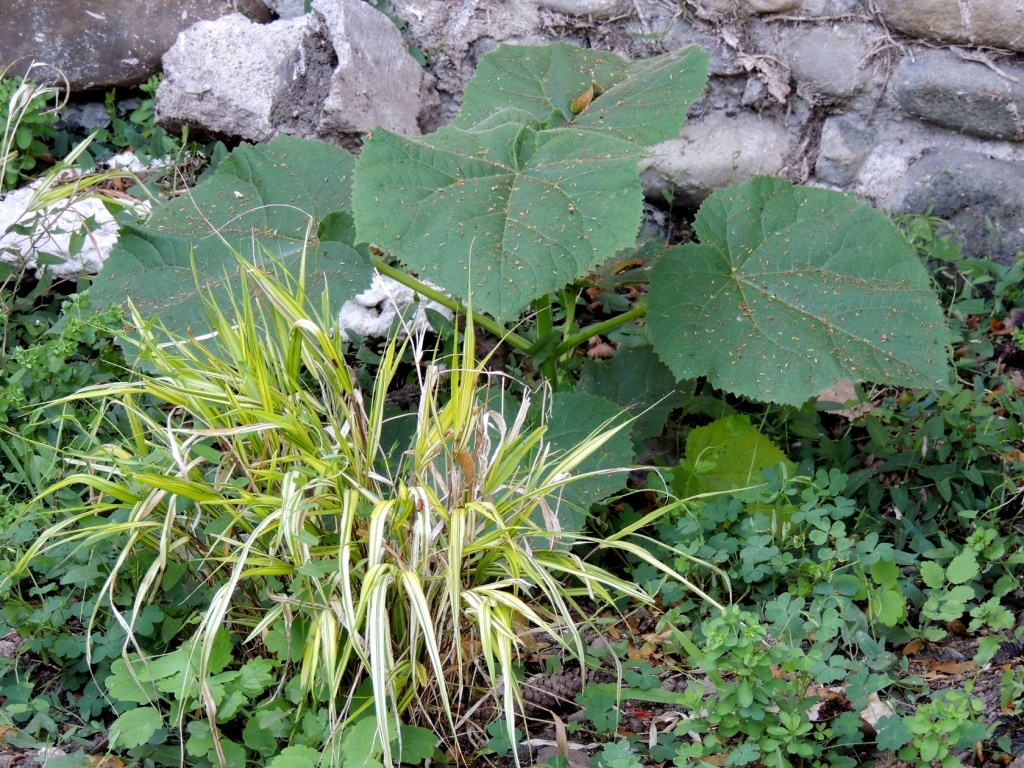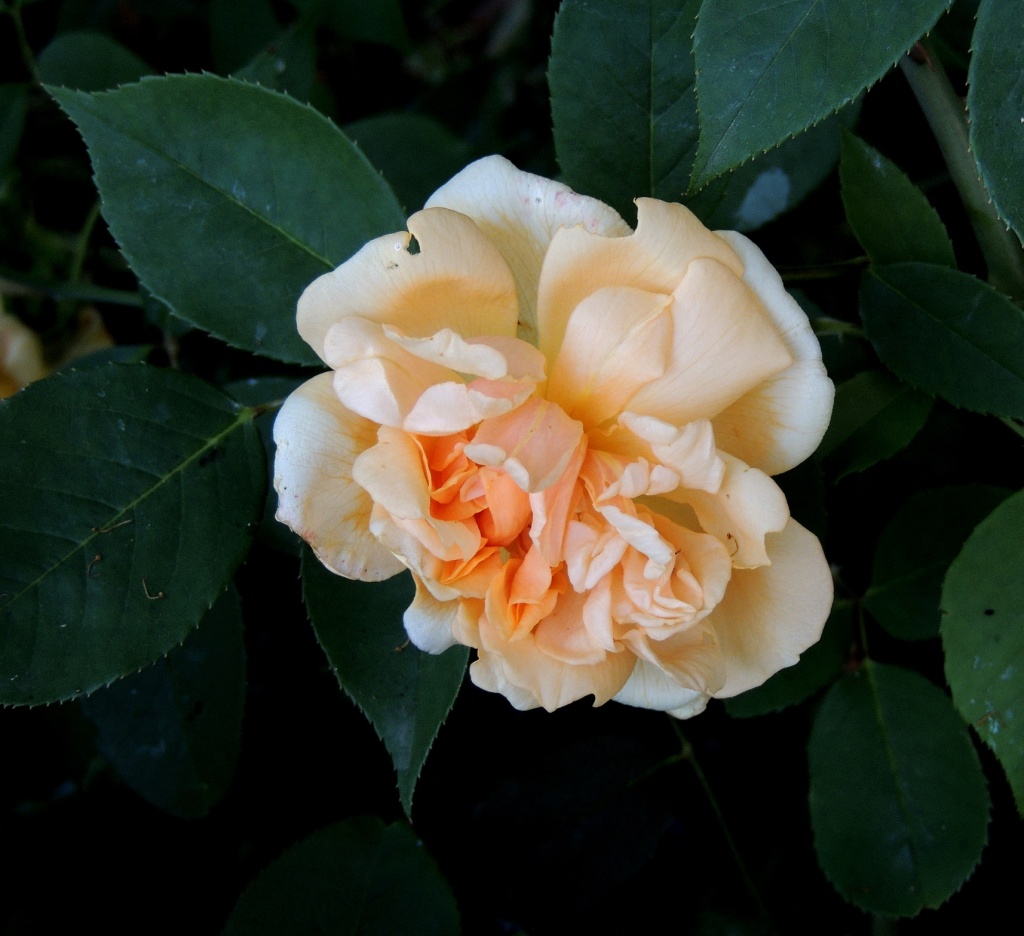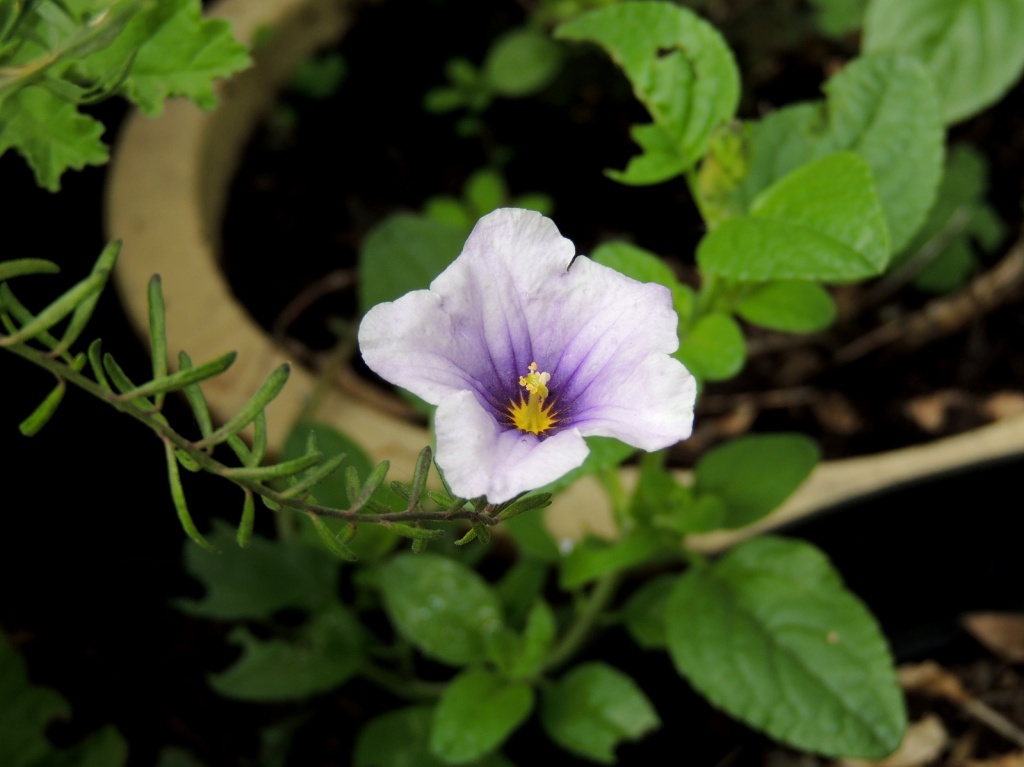
There has been a longish radio silence on this blog. Various reasons, a long walking holiday in Spain, finding it hard to get re-started, and the return of one-armed gardening. The ‘getting re-started’ block was challenged by a new reader, a friend in the Languedoc, thank you Mags! And the one-armed gardening was all my fault, and dates back to mid August when I shifted some very heavy pots on my own. You would have thought I would know better, as I did the same to my right arm 3 years ago, but wisdom did not prevail this summer!
So, having managed, one-armedly, to plant up pots with narcissus and tulips, and bashed in 80 plus aliiums into the dry front garden, I was feeling quite pleased and decided, with prompting from Mags, to get going again on the blog.
Over the summer, I really enjoyed the Netflix cookery programme by Samin Nosrat called ‘Salt, Fat, Acid, Heat’ and thought to myself, given the endless rain and storms we have had, that I would ruminate gently on a garden version of her title for this and a following post.
Light and shade.
In a Northern European garden, as mine was in Scotland, light and shade are pretty much taken for granted, light is essential but sunlight is rarely scorching, and shade is less loved perhaps, and many beautiful gardens contain shady areas that allow us to make moments of great atmosphere such as at The Pant Garden in Herefordshire, where a simple wooden frame is positioned in a woodland opening.

But in the heat of Spain and Morocco, the significance of light and shade changes intensely and becomes vital. Light brings heat which kills as well as illuminates, and shade is deeply prized by most life forms as bringing coolness and respite. Many plants, if not people, are brilliantly adapted to flourish in these harsh conditions. The giant rare Roystonea regia palm is one, with a young stem that is emerald green. It needs the fierce sun but also plentiful water, seen below in the gardens of the Palais Claudio Bravo in Southern Morocco, framed against the hazy outline of the Atlas mountains. A fabulous Euphorbia, Euphorbia dregeana (I think), found twirling around a palm tree below, demands the heat of Morocco to survive and prosper.


Protection from the power of the sun is a dominant feature of Moorish architecture until the Renaissance. Exterior spaces contained both areas protected from the sun and open space, often with some use of water in a fountain to calm the senses and deflect from the power of the light with sound and movement.

Windows, arches, cut-out shades and walls were all ways to allow light in but keep heat out. Buildings and gardens used the same principles to tame the heat and make the exterior tolerable to plants and humans.



Garden spaces were designed in courtyards, often with covered areas which heightened the creation of shade, and plants could be used to soften the stone and tiling of the courtyard. At the same time, the courtyard could be viewed from inside the shade of the house through latticework (mashrabiya) or through arches and doorways.

Courtyard in the Alhambra, Granada, Spain, October 2021

In the heat of Spain and Morocco, the use of light and shade is itself a major, and dramatic part of later Mudejar architecture and landscape design. At Carmen de los Martires, in Granada, a sixteenth century aquaduct transports spring water from the Generalife to the garden. The aquaduct itself brings vivid contrast created by the shade of the aquaduct shape as well as carrying water.

The Huerta de San Vicente, the summer home of the Lorca family, where the poet and playwright Federico Lorca spent so much time and wrote many of his best works, is a beautiful and moving musuem to visit. It contains so many personal items and mementoes of the family and has been preserved as it was in the 1930’s. Positioned to catch the morning sun and then be in shade, the family used trees and climbing plants to restrict the impact of the sun and increase the dappled quality of the shade. This was a summer house, and so had to be a bearable space in the heat of mid-summer.

Lastly, in the 1950’s and 60’s, the work of the Mexican landscape architect and designer Luis Barragan, with his bold use of colour and natural materials, as well as his dramatic use of shape and size, brought new ‘hot’ influences to architecture and landscape.


And lastly, like me, a tortoise heading for the shade he needs…

Water and soil next.








